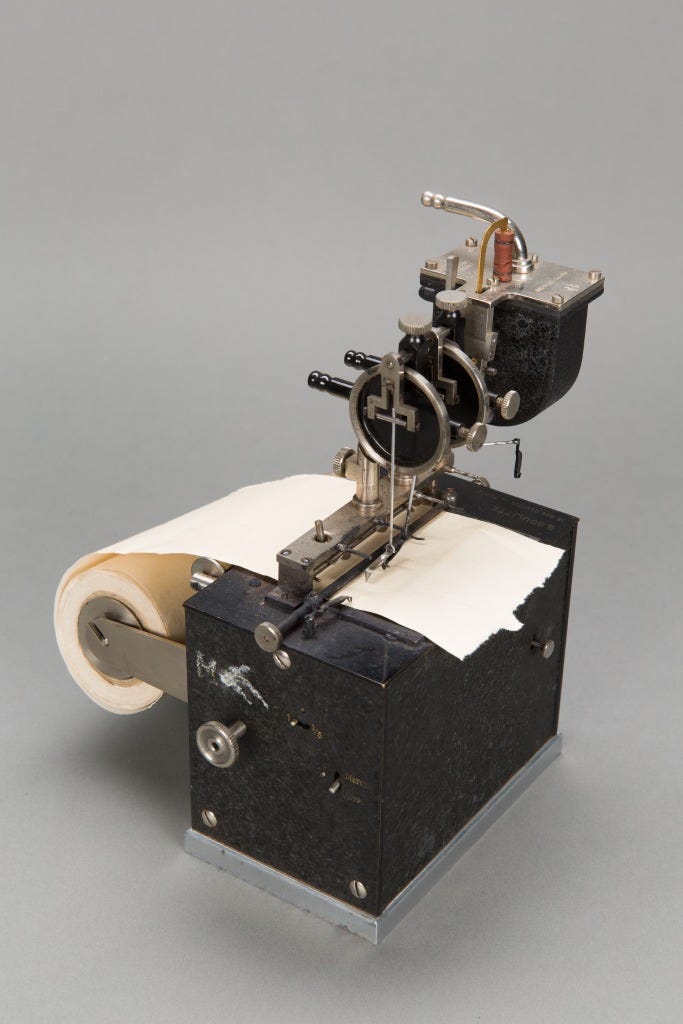March 3, 2016
A polygraph, commonly referred to as a lie detector, was designed to measure and record physiological responses of a person under different conditions. Starting in 1895 in Italy, it was used in criminology to determine if a suspect was telling the truth. Additional modifications were made over time and, in 1921, a device considered to be the original modern polygraph was developed.
A polygraph measures variables such as blood pressure, pulse, respiration, and skin conductivity. Uncontrollable changes such as increased heart rate, heavy breathing, and sweating can indicate stress, which can be interpreted as lying. The credibility of polygraphs and their results are still debated. The device was made by Boulitte, France, 1920-1930.
Continue >>
All images courtesy of the Bakken Museum
About the Author(s)
You May Also Like





